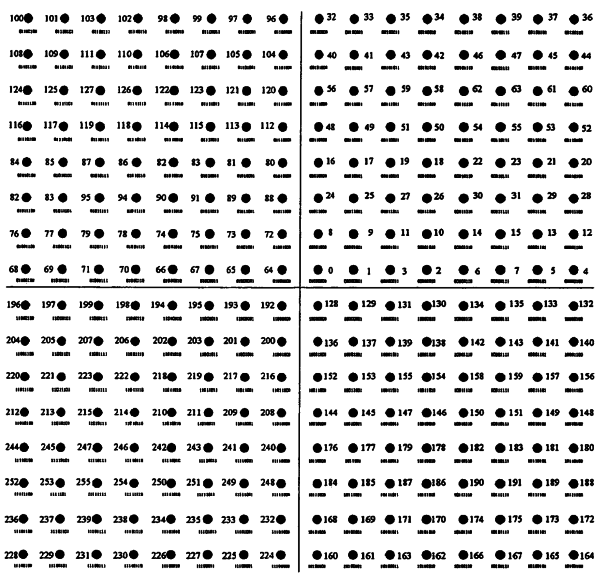256 QAM - 802.11ac
Transmitting information -
There are 3 main steps involved in transmitting a signal over the air:
- A carrier signal which is generated at the transmitter
- The carrier is modulated with the information to be transmitted. Any reliable detectable change in signal characteristics can carry information.
- At the receiver the signal modifications or changes are detected and demodulated.
Signal Characteristics that can be modified -
amplitude, phase and frequency
In AM, the amplitude of a high-frequency carrier signal is varied in proportion to the instantaneous amplitude of the modulating message signal.
Frequency Modulation (FM), in FM the amplitude of the carrier is kept constant while its frequency is varied by the modulating message signal.
Amplitude and phase can be modulated simultaneously and separately, but this is difficult to generate, and especially difficult to detect. Instead, in practical systems the signal is separated into another set of independent components: I (In-phase) and Q (quadrature). These components are orthogonal and do not interfere with each other.

A simple way to view both amplitude and phase is with the polar diagram. The carrier becomes the frequency and phase reference and the signal is interpreted relative to the carrier. The signal can be expressed in polar form as a magnitude and a phase. The phase is relative to a reference signal, the carrier in most communication systems. The magnitude is either an absolute or relative value.

I/Q formats
This is the rectangular representation of the polar diagram. On a polar diagram, the I axis lies on the zero degree phase reference, and the Q axis is rotated 90 degrees. The signal vector’s projection onto the I axis is it ‘I’ component and the projection of the Q axis is its ‘Q’ component.

Digital modulation is easy to accomplish with I/Q modulators. Most digital modulation maps the data to a number of discrete on the I/Q plane. These are known as constellation points. As the signal moves from one point to another, simultaneous phase and amplitude modulation usually results. To accomplish this with an amplitude modulator and a phase modulator is difficult and complex. Alternatively, simultaneous AM and phase modulation is easy with an I/Q modulator. The I and Q control signals are bounded, but infinite phase wrap is possible by properly phasing the I and Q signals.
In 16 QAM, there are four I values and four Q values. This results in a total of 16 possible states for the signal. It can transition from any state to any other state at every symbol time. Since 16 = 2^4, four bits per symbol can be sent. This consists of 2 bits for I and 2 bits for Q.


Here the transmitted symbol ‘0000’ is represented by a modulated signal phase of 225 degrees and a normalized amplitude of 0.33 (the four outer corners of the constellation have a normalized amplitude of 1). The modulated RF signal is the vector sum of an I channel signal whose amplitude is a normalized value of 0.23 with a relative phase of 180 degrees, and a Q channel signal whose amplitude is normalized value of 0.23 with a relative phase of 270 degrees.

Here the transmitted symbol ‘0001’ is represented by a modulated signal phase of 255 degrees and a normalized amplitude of 0.75. The modulated RF signal is a vector sum of an I channel signal whose amplitude is a normalized value of 0.23 with a relative phase of 180 degrees, and a Q channel signal whose amplitude is a normalized value of 0.707 with a relative phase of 270 degrees.
Similarly, other values are calculated.
QAM modulation with ‘M’ symbols is known as M-QAM, for example 16-QAM, 256-QAM etc. Higher value of ‘M’ are used on channels with low levels of noise and distortion. Constellation sizes that are even powers of 2 (M =2, 4, 16, 64, ..) are typically used to make the constellation the same in both axes and simplify implementation.
However, non-square constellations are also used for low values of ‘M’ or where maximum power efficiency is desired. For example, here is an example of a non square constellation for M = 8 (3 bits / symbol)

64-QAM constellation

256-QAM constellation


Required receive sensitivity for different modulation and coding rates

802.11ac MCS
